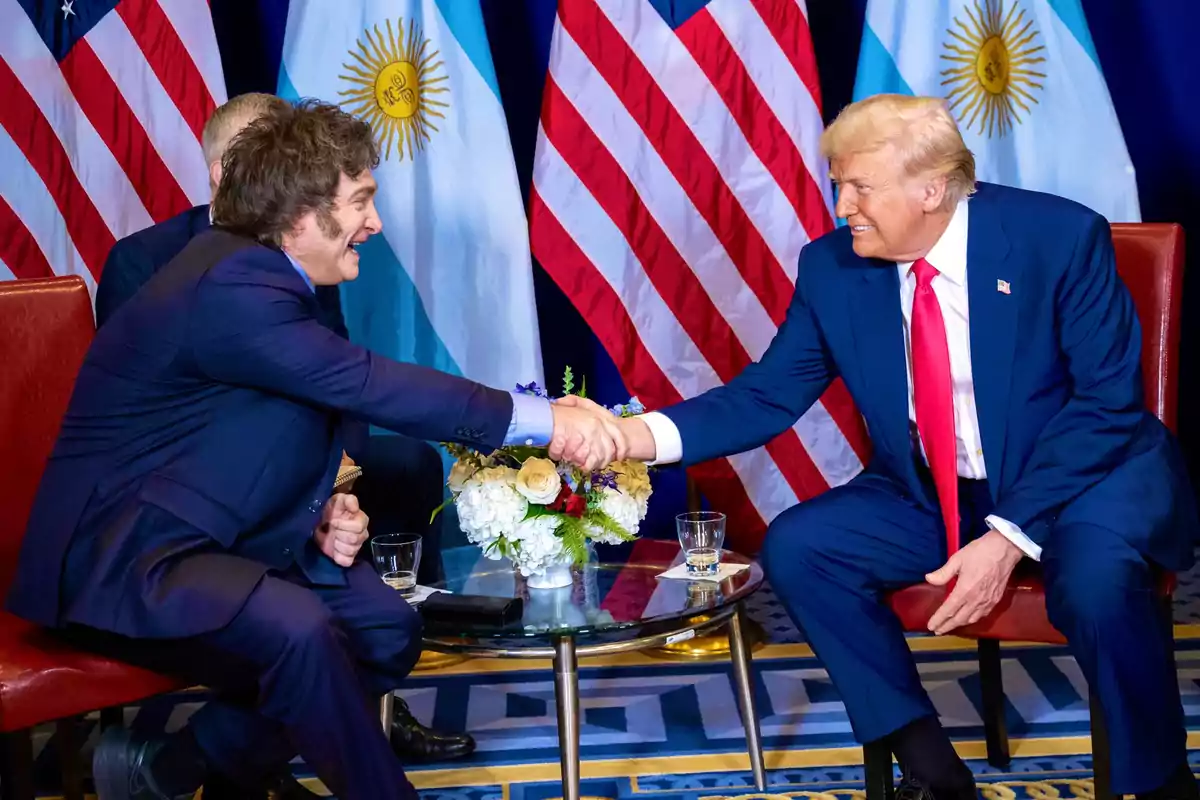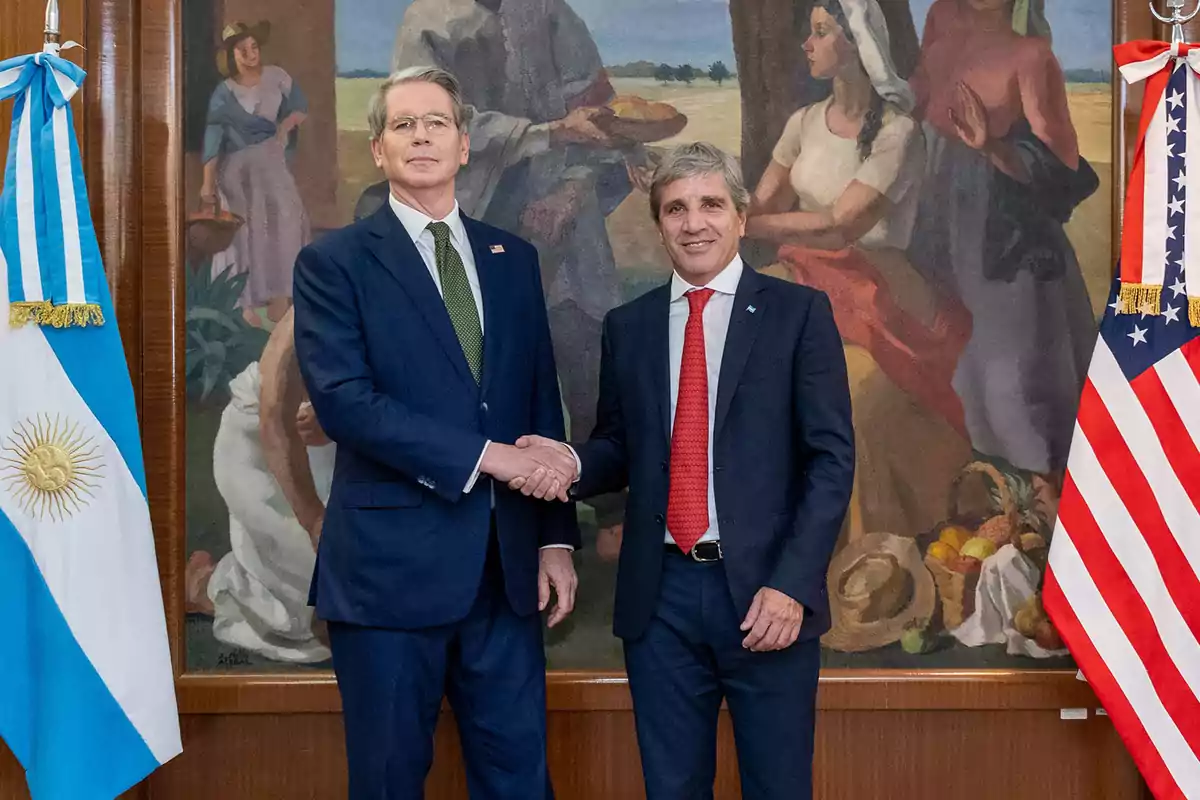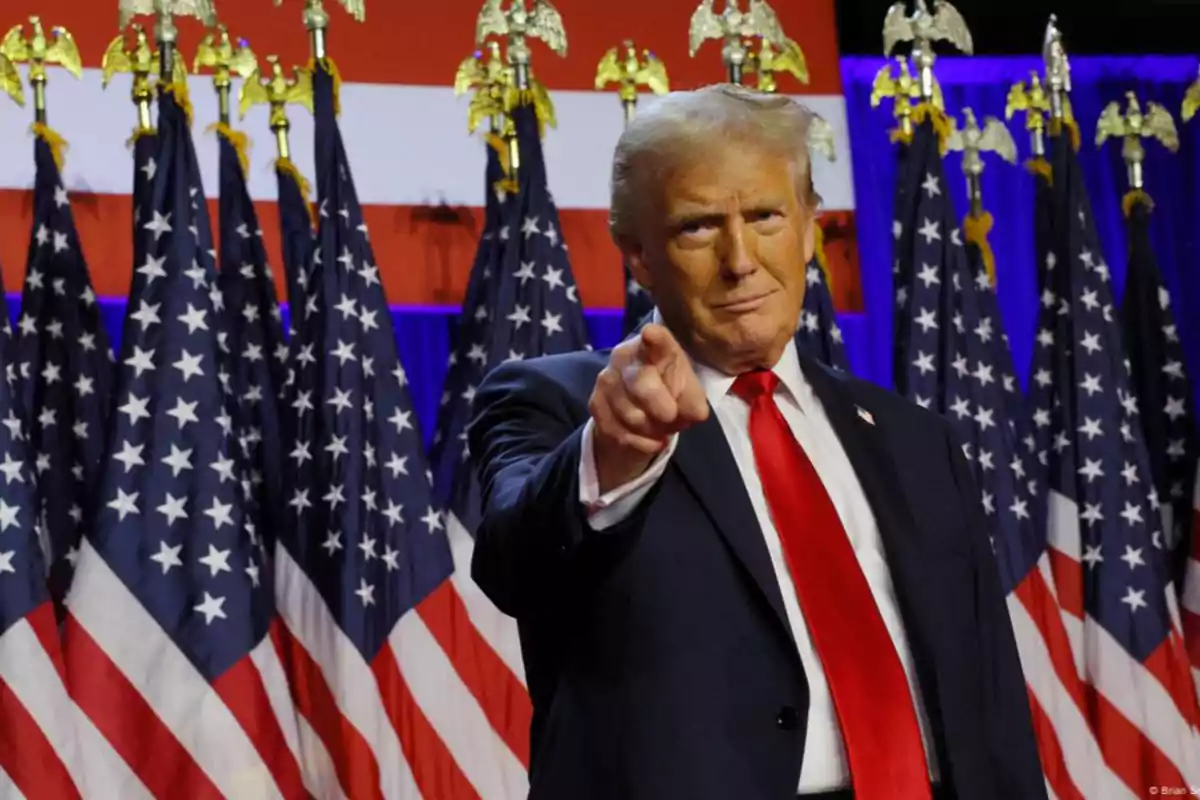
What is the Exchange Stabilization Fund that the US offered to help Argentina?
This Fund not only represents a financial tool, but also a sign of confidence in Milei's government
Today, the United States Treasury Secretary, Scott Bessent, announced that the Donald Trump administration is willing to use the Exchange Stabilization Fund (ESF) to support Argentina in the event of an external shock that could jeopardize the economic recovery of Javier Milei's government.
This high-impact statement underscores Washington's commitment to the economic reforms implemented by the Argentine president, which include an ambitious plan of fiscal adjustment, state reduction, and economic liberalization. But, what exactly is the ESF and how could it benefit Argentina?
The Exchange Stabilization Fund, created in 1934 under the Gold Reserve Act, is a financial tool managed by the U.S. Treasury Department designed to stabilize global financial markets, especially in the currency realm.

Its main purpose is to intervene in foreign exchange markets to influence exchange rates, mitigate monetary instabilities, and support allied economies in times of crisis. The fund is composed of U.S. dollars, foreign currencies, and Special Drawing Rights (SDRs) from the International Monetary Fund, which gives it great maneuverability.
The ESF is managed by the Treasury Secretary, with the President's approval, without the need for Congressional authorization, allowing for rapid responses to crises. Among its functions are the purchase or sale of foreign currencies to stabilize exchange rates, the provision of short-term loans or currency swaps to governments or central banks, and the mitigation of instability in broader financial markets, such as securities or money market funds.
The history of the Exchange Stabilization Fund
Historically, the ESF has been used in more than a hundred operations since its creation. A notable example occurred in 1995, when the U.S. allocated 20 billion dollars in swaps and loan guarantees to help Mexico during its financial crisis, known as the "Tequila Effect", stabilizing the Mexican peso.
In 2008, during the global financial crisis, the Treasury used up to 50 billion dollars from the ESF to guarantee deposits in money market funds, preventing a larger collapse in the financial system.

Bessent's announcement reflects the recognition of the Trump administration for President Milei's efforts to stabilize an Argentine economy that, after facing challenges such as high inflation and currency restrictions, is finally in a recovery process thanks to the implemented liberal reforms.
According to Bessent, ESF support would be conditional on Argentina maintaining its course of structural reforms. This backing could translate into short-term loans or currency swaps to strengthen the Central Bank of Argentina's reserves, helping to cushion external shocks such as drops in commodity prices or global financial turbulence.
The ESF offer not only represents a financial tool but also a political signal of confidence in Milei's government. In a global context of economic uncertainty, the ESF represents a key mechanism to reinforce Argentina's financial stability.
More posts: